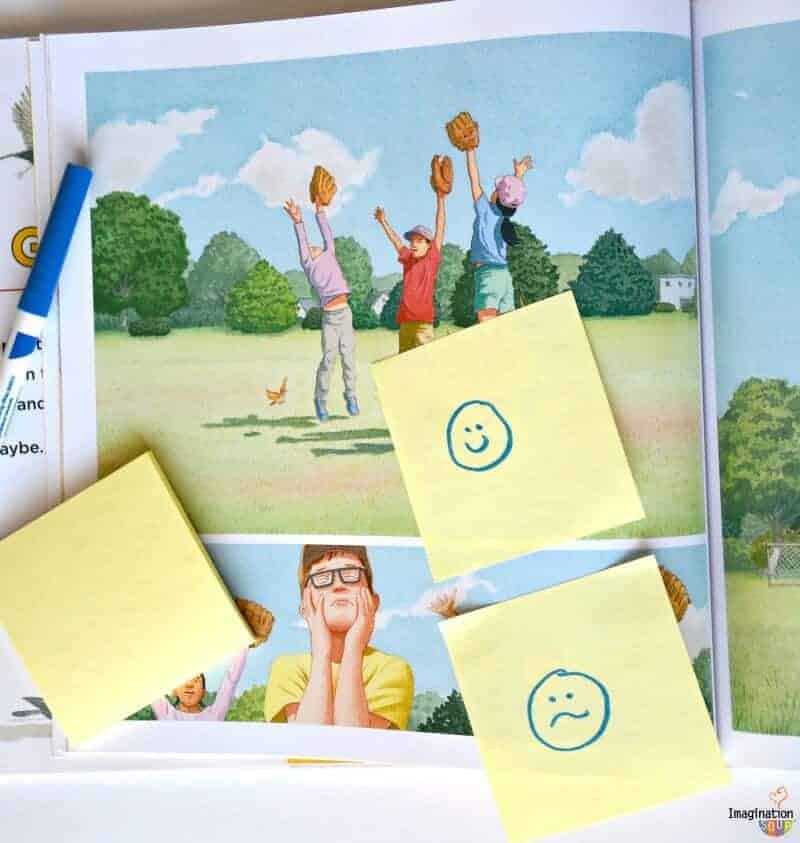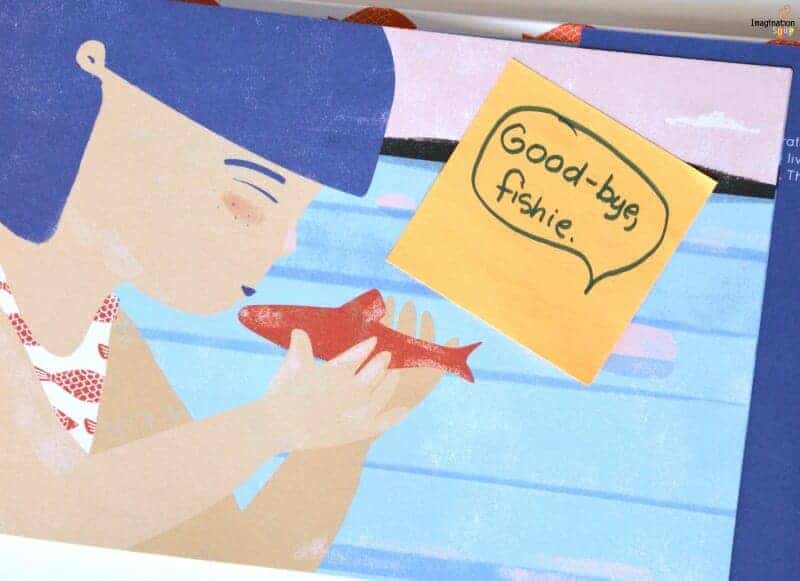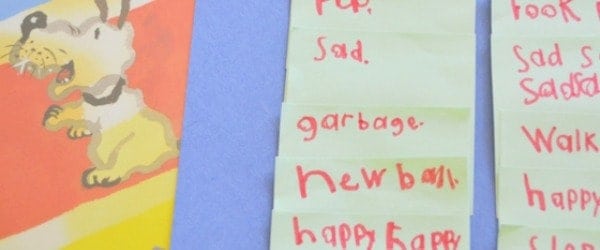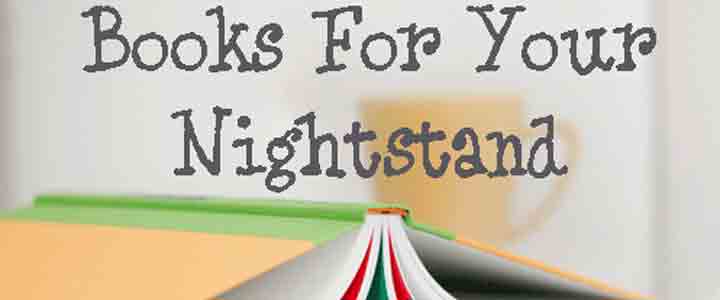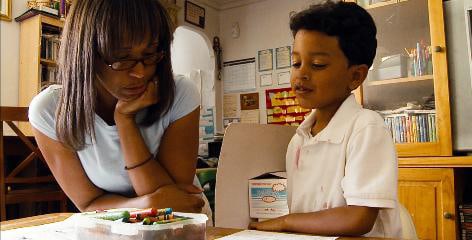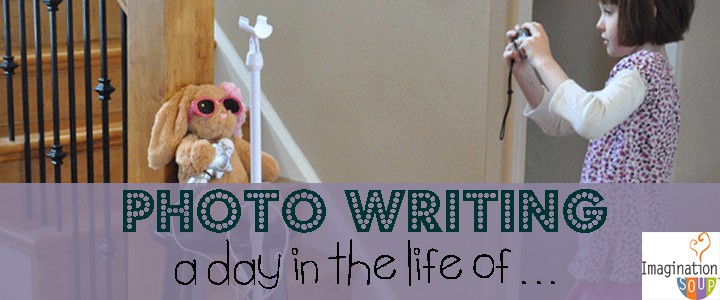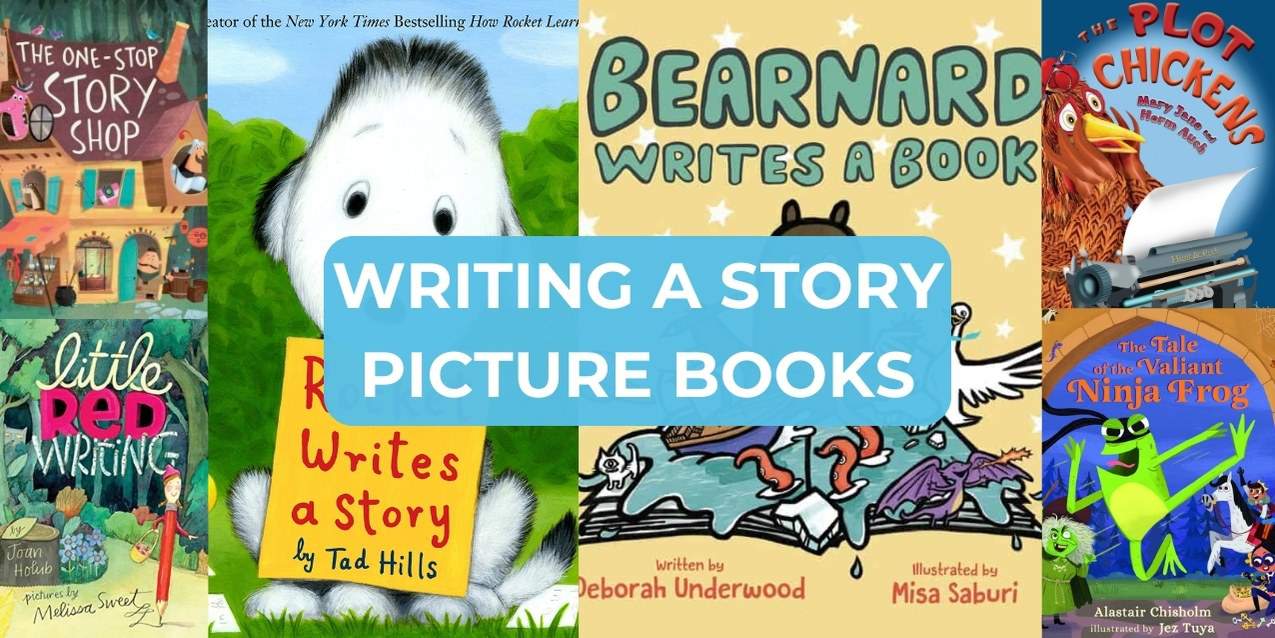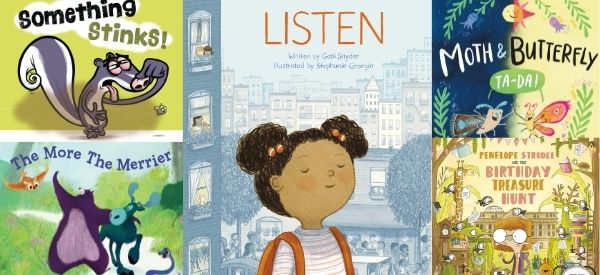30 Best Wordless Picture Books (+ Literacy Activities)
This post may contain affiliate links.
What are the best wordless picture books to read with children? As a teacher, I used wordless books to teach kids literacy skills like sequencing, even with my upper elementary school students.
I can assure you that the best wordless books are meaningful books that anyone read with children of all ages for entertainment, teaching tools, and mentor texts. Without a doubt, they can be read with your littlest readers and your elementary and middle schoolers, too.
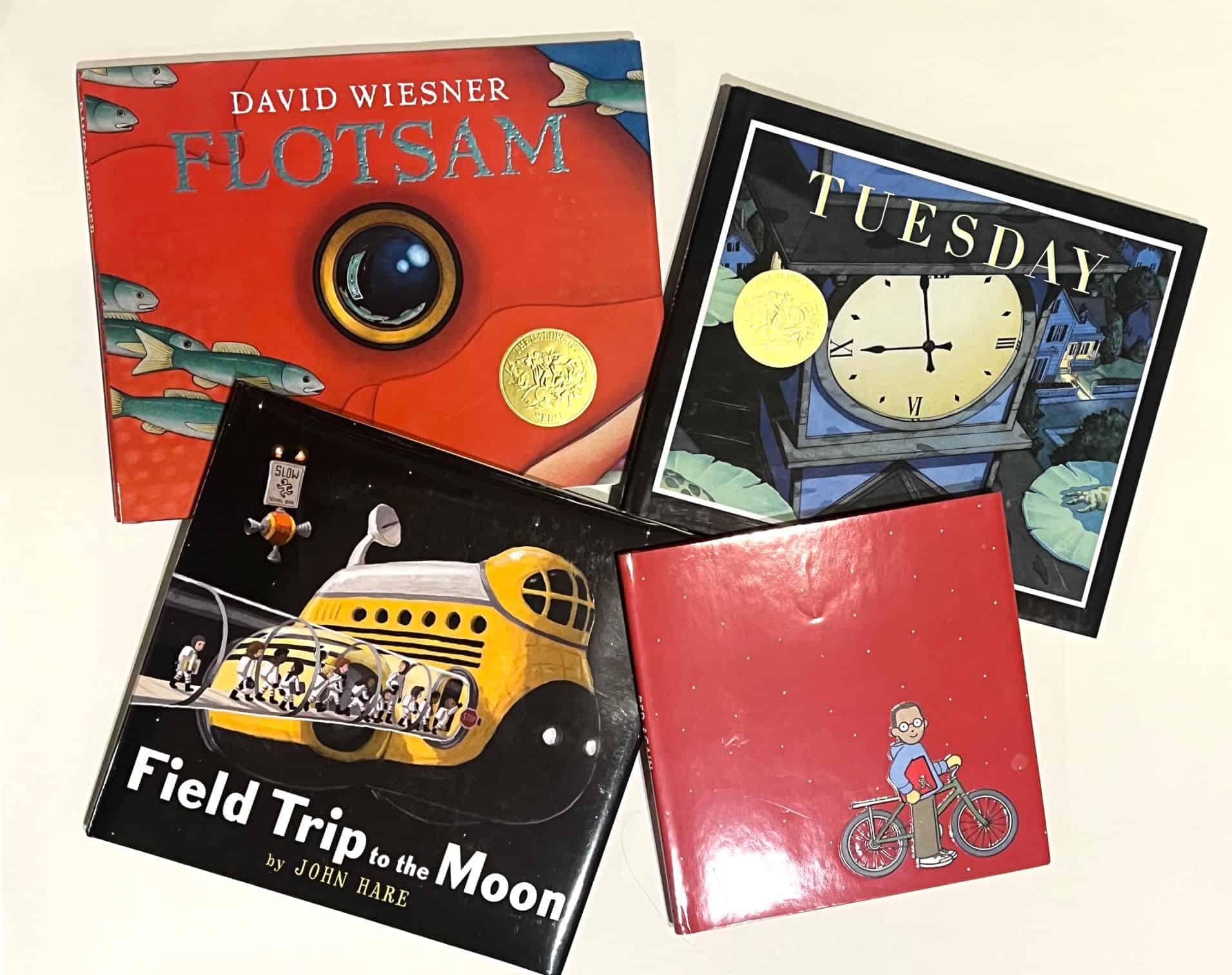
But first, what is a wordless picture book?
A wordless picture book is a book without words. Simple as that. More or less.
Because it’s more than that.
Wordless books are stories narrated only in pictures, beautiful pictures, that are illustrated by some of the world’s best artists for children and adults.
Readers read the pictures like a language. The pictures tell us what is happening and what might happen next. Readers pay attention to the details in the illustrations and narrate what is happening as we read–either in our head or out loud while looking through the pages of the stories.

How do you use a wordless picture book with children?
Have you wondered how to use wordless picture books with your children or students? Believe it or not, you can do many reading and writing activities to develop a child’s thinking, reading, writing, and emotional intelligence skills. I’m speaking from experience here — having used wordless book with all ages of students.
Use the wordless books to teach literacy skills like sequencing, making predictions, and connecting to background knowledge, as well as building confidence.
In addition, wordless picture books are wonderful teaching tools for English Language Learners and young writers. Write the words to the story you see within the book’s pages.
As you read with your child, take turns narrating the story out loud. This is great for the youngest of readers who are getting the hang of how books and story structure work. Kids “read” the story as it unfolds in the illustrations.
Reading the pictures is one of the whole points of a picture book — the pictures support the narrative story whether or not it has words!
Plus, this is also a great opportunity to develop new vocabulary as you narrate the story out loud together.
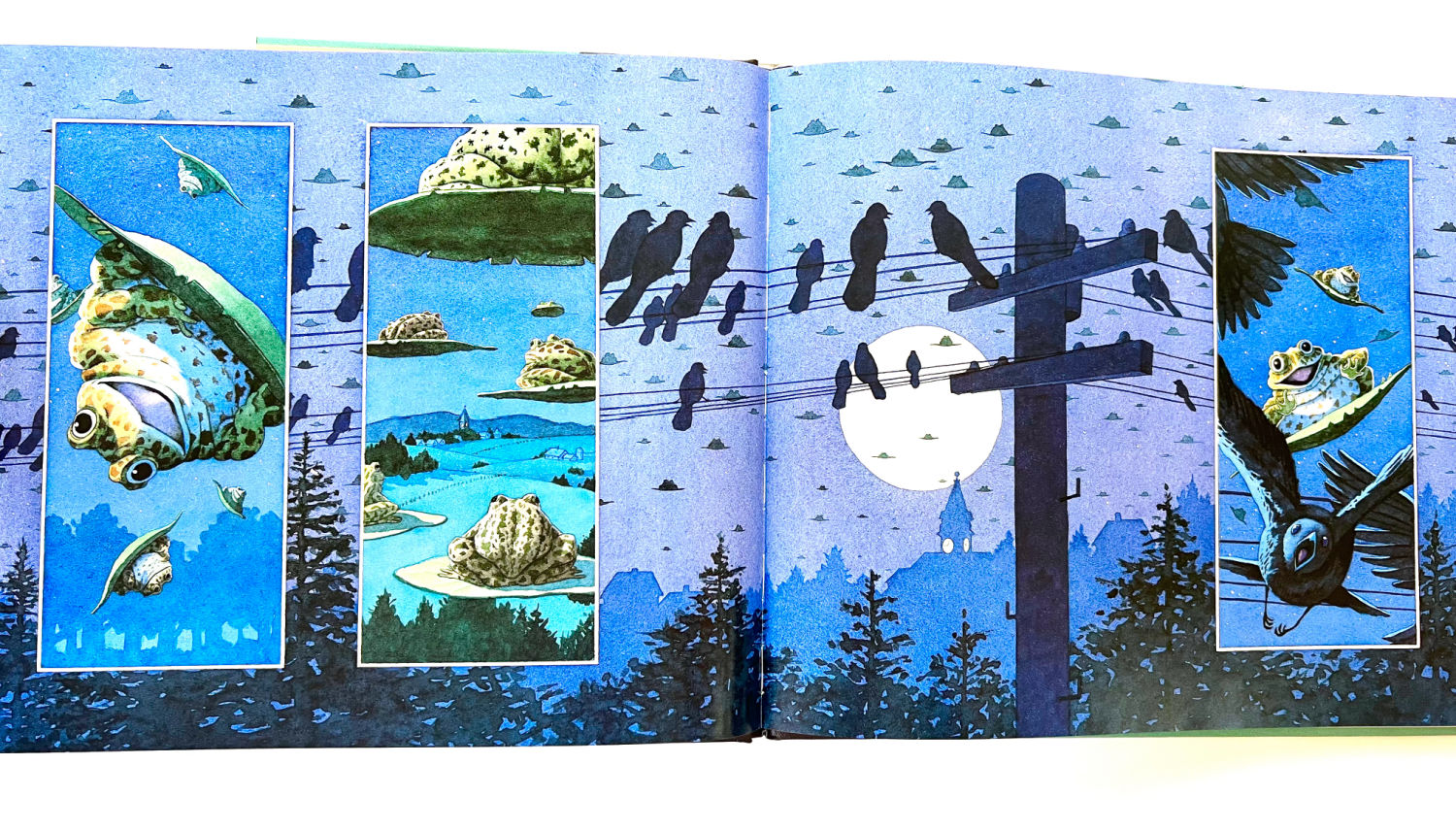
There are even more ways to use wordless picture books with all ages of children– including teaching specific skills to elementary-age children.
What reading and writing (literacy ) skills can you teach with wordless picture books?
- sequencing (beginning, middle, end)
- prediction
- deductive reasoning (inference)
- connecting to background knowledge
- story elements
- reading confidence
- dialogic reading (conversation about the story)
- writing dialogue
- poetry writing
- creative writing
- emotional intelligence
Now that you know what wordless books are and how to use wordless books with children, which books are best? I have so many favorite books to share with you. I’m also sharing how you can use these books for instructional purposes with your readers, too!
Download a free PDF of the wordless picture book list here:
30 Best Wordless Picture Books for Kids
+ Literacy Activities
Activities to Teach Beginning, Middle, and End
Even young children looking through a wordless book are learning that in a story there is an order of events, a sequence. Teach kids to recognize the sequence of beginning, middle, and end. Before you read, tell readers that you’re starting at the beginning. Ask if they know what the end is. Tell them the part in between is the middle.
Predict: When you get to the middle, ask readers if they can predict what will happen in the ending.
Skip a Section: Skip the middle pages of the book. Ask your child what they thought about a story with no middle part.
Another activity idea is to skip the end. Have your child invent his or her ending that makes sense with what already happened in the story.
Wordless Picture Books to Teach Beginning, Middle, and End
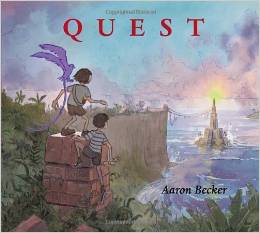
Quest by Aaron Becker
Don’t miss this enchanting and imaginative wordless picture book that will transport you to a magical world. My kids and I poured over every beautiful detail, and so will you. You’ll follow a boy and girl with a purple, magical bird on their quest to save the king and his kingdom. Awe-inspiring.
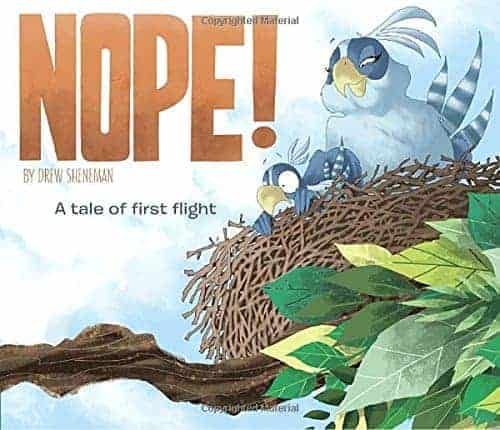
NOPE! A Tale of First Flight by Drew Sheneman
For any kid who has been afraid to try something, this book shows the bird’s fear of flying out of the nest in hilarious and sweet illustrations (with almost no text). Finally, his mama gives him a swift kick out much to his joyful exuberance.
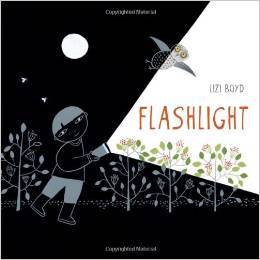
Flashlight by Lizi Boyd
You will love this beautiful wordless picture book showing a young boy exploring the woods in the dark. His flashlight illuminates the plants and nocturnal animals…until the animals get the flashlight and illuminate him. Enchanting!
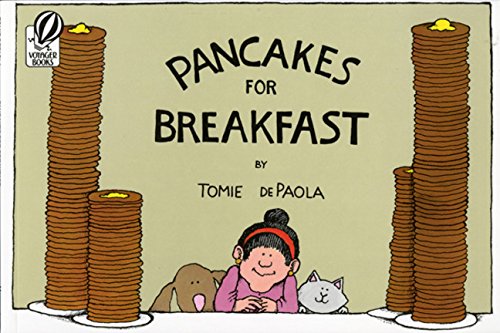
Pancakes for Breakfast by Tomie de Paola
In this wordless picture book, an old woman decides to make pancakes for breakfast. She has all the ingredients for the batter except one. When she leaves to get the missing ingredient, her dog and cat make a mess of the pancake batter all over the house. What will she do now?
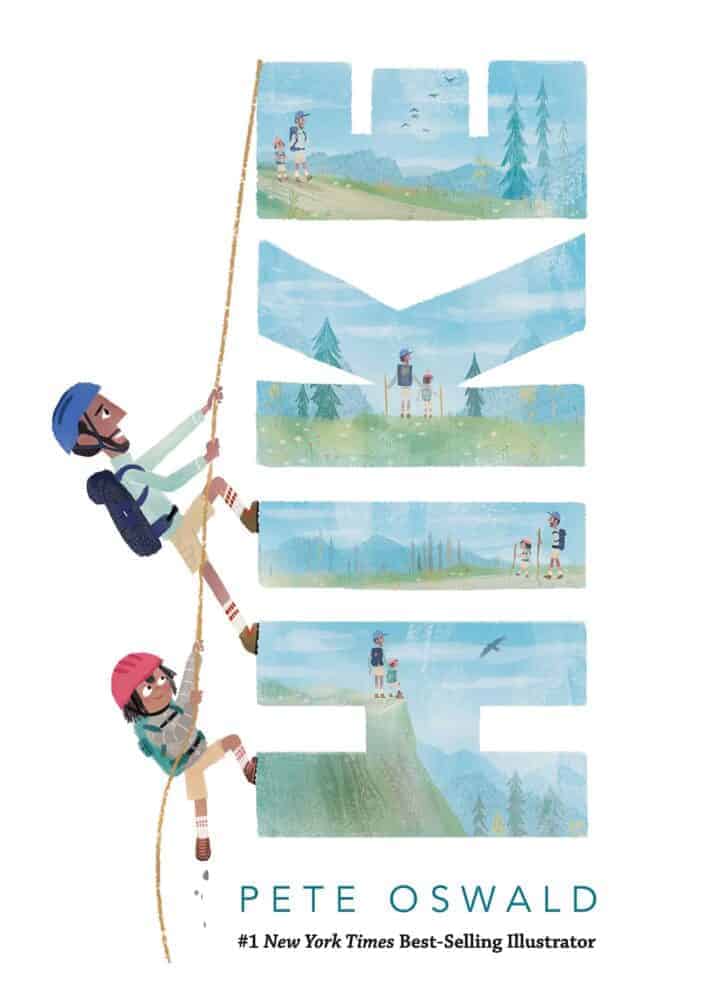
Hike by Pete Oswald
Go on an adventure with a boy and his father out of the city and into the woods. Wordless, playful, emotion-filled, and deeply satisfying, see the beauty of nature from a log bridge and a waterfall to the pine forest where the father and son plant a new tree. Stunning and heartfelt.
Activities to Practice Sequencing
Sequencing is somewhat related to beginning, middle and end. As kids understand the beginning, middle, and ending, you can get more complex as you talk about the order (sequence) of events in the story.
Retell: After reading, retell the wordless story in your own words –in the order that it happened.
Wordless Books to Teach Sequencing

Field Trip to the Moon by John Hare
A sweet story is about a young artist on a field trip who gets lost. He spends his time drawing, then meets and befriends aliens who join him in artistic expression. The illustrations are stunning.

Aquarium by Cynthia Alonso
A little girl catches a vibrant orange fish. She takes it to her house where she creates a lake system with a hose, a swimming pool, glasses, vases, and pitchers. Then, the little girl returns the orange fish to the lake after a sweet goodbye. Wordless with graphic blue and pink illustrations.
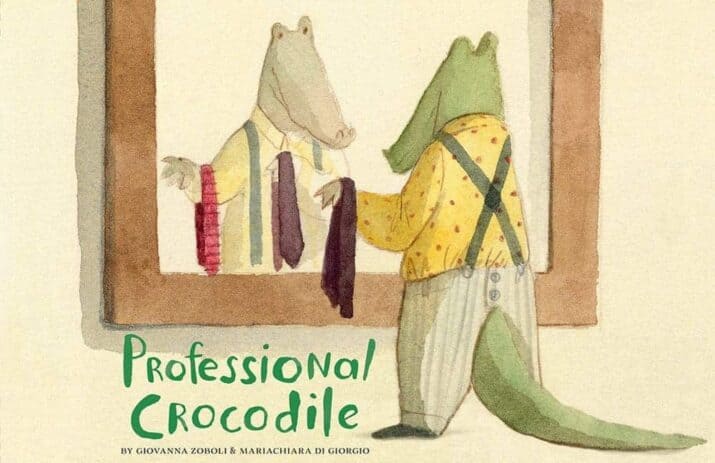
Professional Crocodile by Giovanna Zoboli & Mariachiara di Giorgio
Watch the crocodile wake up in his bed, get smartly dressed, and embark out of the house for his job. Pay attention to the illustrations that narrate the story. Notice the details. Make inferences to predict where he is going. The answer is a wonderful surprise!
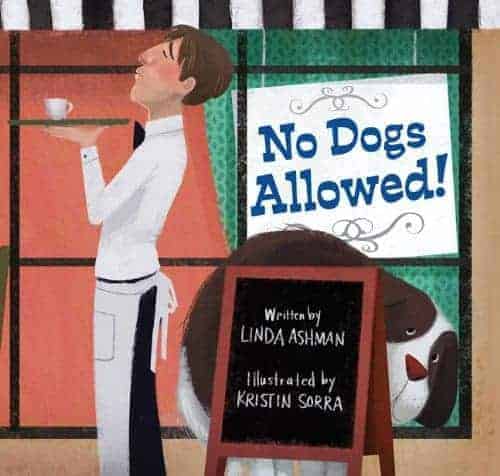
No Dogs Allowed! by Linda Ashman and Kristin Sorra
What a gorgeous wordless picture book with a very clear sequence of events. The owner of a fancy bistro turns away a young customer with a dog, putting up a “NO Dogs Allowed” sign. More customers with animals of every kind — cat, kangaroos, elephant — are turned away, too. Therefore, the customers and their animals congregate at the plaza fountain and lemonade stand, prompting the owner to change his mind.

The Snowman by Raymond Briggs
A magical snowman takes a little boy on a journey across the snowy countryside. This is one of the most beautifully illustrated wordless children’s books you’ll read, perfect for a winter read aloud.
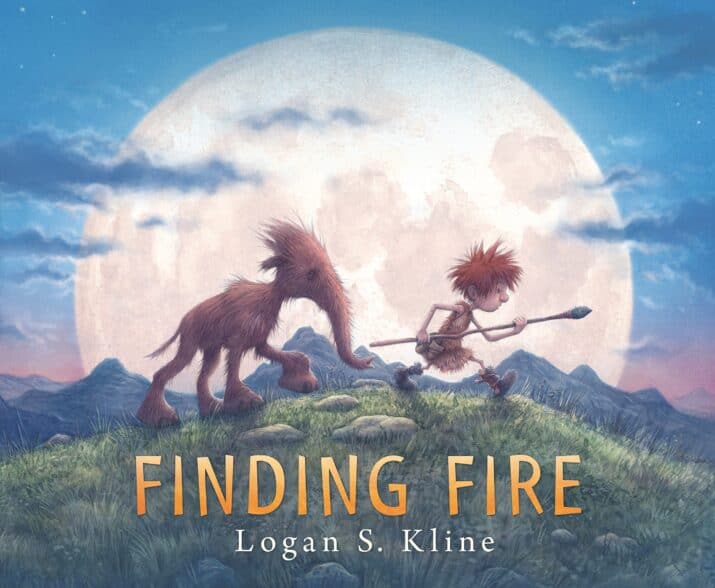
Finding Fire by Logan S. Kline
The caveboy takes a journey, evading dangerous wolves and rescuing a young woolly mammoth. They see a lightning strike, and they grab the fire on a big branch and bring it back to their home. Amazing artwork captures a brave, goofy-looking boy as well as the world in which he lives.
Activities to Teach Characters’ Emotions
Children feel emotions. It’s up to us to help them notice and name those emotions. That develops emotional intelligence.
Download this free printable of faces and emotions to help you show children some different emotions.
After teaching and naming our emotions, we can look for those emotions with the characters in wordless picture books. Doing this, particularly without words, is called making an inference.
Emotion Faces: As you read these books, refer to your emotion faces. On a sticky note, draw the emotion face the character is feeling on each page — or every few pages — and stick it on the page. Talk about how you know this. What does the character’s face look like? How does that tell you what he or she is feeling?
Act Out: Make your face imitate the character’s expression throughout the book. Can you match the emotion?
Wordless Books to Teach Emotions
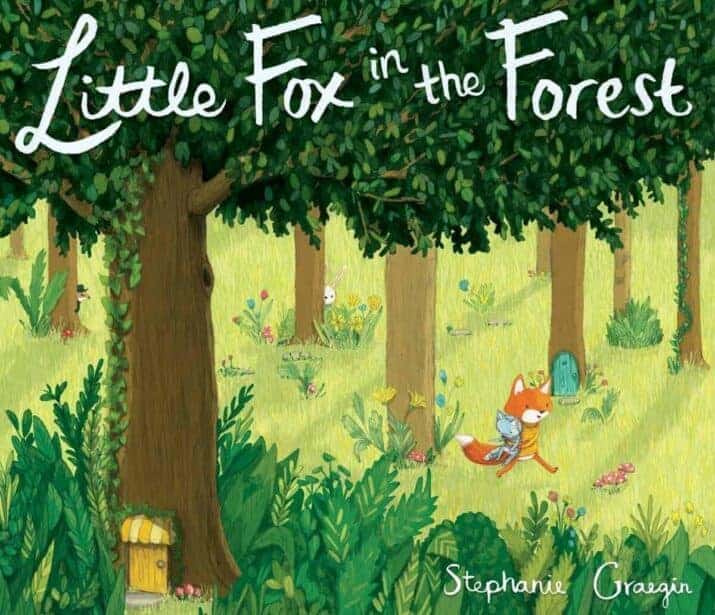
Little Fox in the Forest by Stephanie Graegin
A real fox steals a little girl’s stuffed fox from where she left it to play. The girl and her friend search in the woods for her beloved stuffed fox. But when the girl finds both foxes, she realizes how happy the stuffed fox makes the real fox, so she lets him keep her toy. In return, the fox gives the girl his stuffed unicorn. This wordless story evokes emotions all children can relate to — worry, fear, empathy, and compassion.

Owl Bat Bat Owl by Marie-Louise Fitzpatrick
A family of owls is resting comfortably on a tree branch. Much to the mama owl’s dismay, they’re joined by a family of bats that mirrors the owls’ positions only upside down. It takes a windstorm and the mother’s love to bring these two nocturnal families together in friendship.
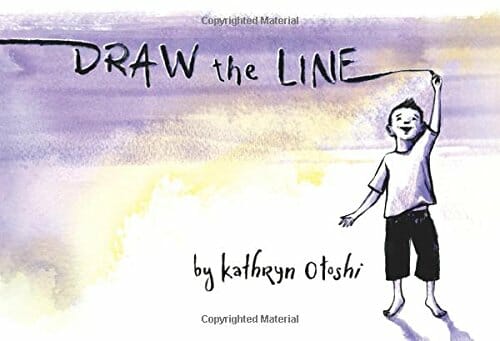
Draw the Line by Kathryn Otoshi
Told entirely in pictures, two boys show delight in a line. It’s a fun game until the boys get mad. They’ve broken the line and their friendship. One of the boys finds a way to reconnect. Evocative, gorgeous artwork.
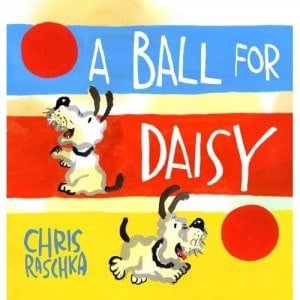
A Ball for Daisy by Chris Raschka
When a bigger dog accidentally ruins Daisy’s favorite ball, she feels loss and sadness. Ultimately, we are reminded with a hopeful ending that sadness doesn’t last forever.
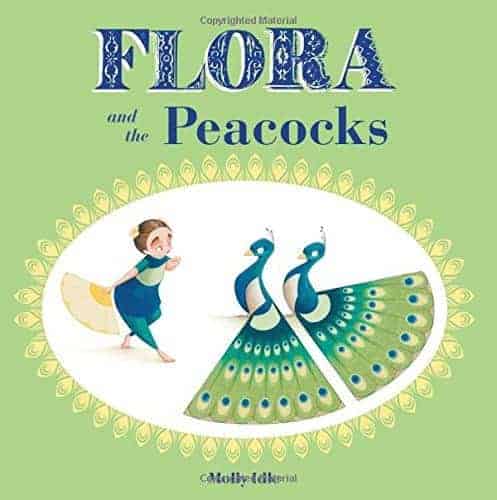
Flora and the Peacocks by Molly Idle
Flora is back for her most beautiful lift-the-flap, wordless green and blue dance experience ever! As she dances with two gorgeous male peacocks and a fan, the peacocks become territorial of the fan, which makes Flora very sad. Luckily, the peacocks realize they need to change their behavior so it all ends up okay.
Activities to Teach Prediction
Because the illustrations tell the story, kids use deductive reasoning and creativity to fill in the blanks. Look for the details and make inferences about what might happen next.
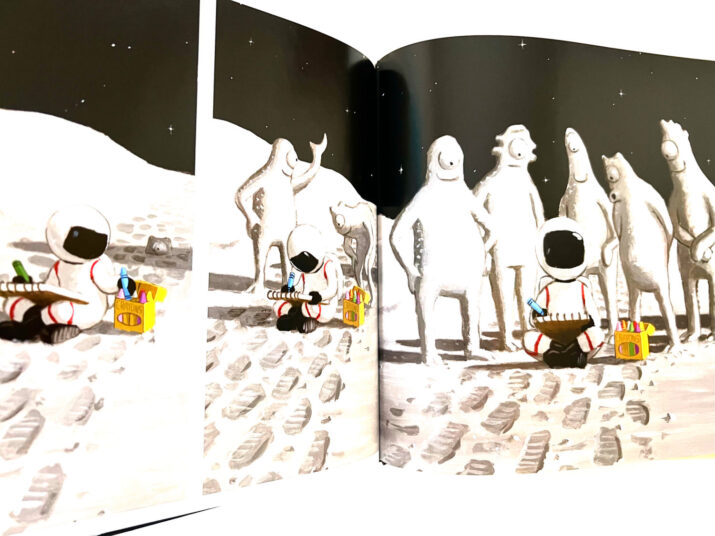
Predict: Prediction means using the clues given to you in the story to infer what will probably happen later on in the story. Do this throughout the pages of each story.
Make Deductions Using the Illustrations: Sometimes, what’s happening in the story is confusing. Use the illustrator’s clues to figure out the story’s plot and essential details. On each page ask, “What is going on here?” David Wiesner’s books are especially applicable to this question! (They’re really bizarre!)
Recommended Wordless Picture Books for Prediction
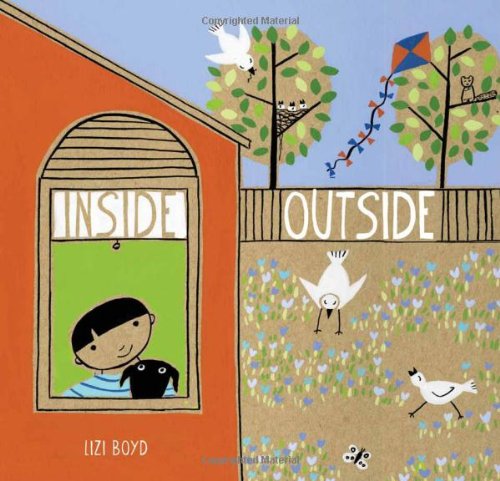
Inside Outside by Lizi Boyd
If you’ve never read a wordless picture book, you must read this one with its detailed illustrations on kraft paper and revealing die-cuts sharing glimpses of . . . well, that’s for you to infer.
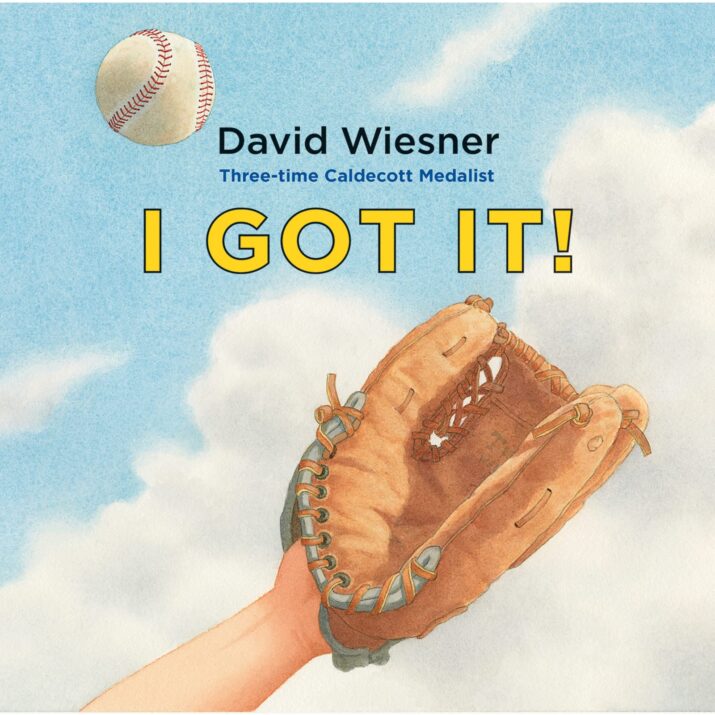
I Got It! by David Wiesner
The ball is coming right to the boy, an outfielder. He yells the only words in this book, “I got it,” only he doesn’t yet… What happens next will stretch the reader’s imagination. He and his crew go to great lengths to catch the ball. When he’s turned small, ball-sized, like a bird, will he finally catch the baseball?

Tuesday by David Wiesner
This is an unusual wordless book and 100% perfect for making inferences. Because on this Tuesday, frogs fly on lily pads, and things happen that you will NOT expect.
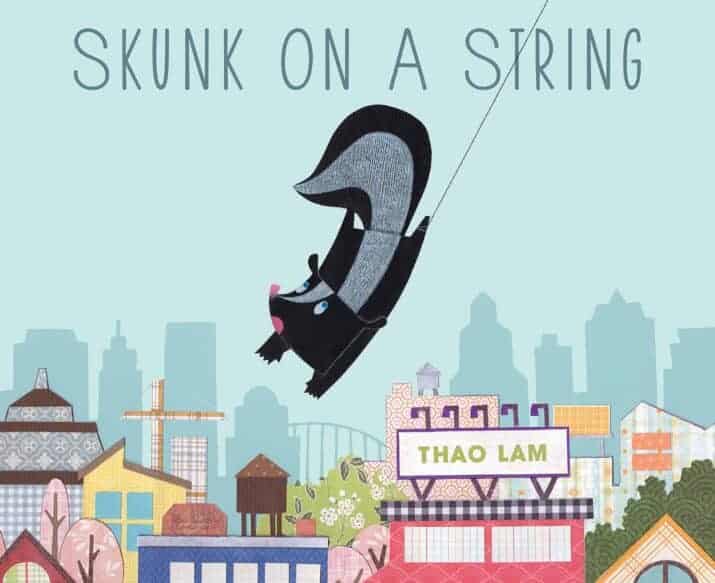
Skunk on a String by Thao Lam
Wordless, because we don’t need words in this detailed paper-collaged story, we follow a skunk who has been tied to the tail of a balloon and drifts all over the city. How can he get down? When he finally unties himself, . . . he misses flying! So, what do you think he does next?
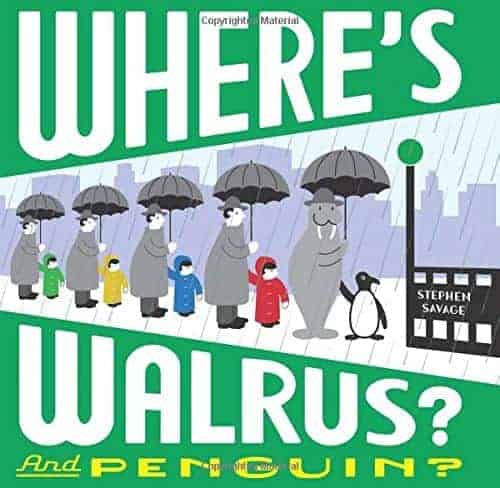
Where’s Walrus? by Stephen Savage
Pay close attention to this wordless picture book. Walrus and Penguin escape from the zoo and wander the city. Can you find them? Together they have many fun adventures and walrus even find love! Excellent opportunities to pay close attention to the illustrations. We love the search and find elements in this story!
Activities to Practice Writing Dialogue
Teach children that when characters talk to each other, it’s called dialogue. Now, imagine what the dialogue might be in a book with no words.
Speech Bubbles: Teach the concept of dialogue to early elementary students by introducing word bubbles on sticky notes for dialogue– the exact words a character says out loud.
Teach upper elementary students how write conversations in sentences using quotation marks.
Recommended Wordless Books for Writing Dialogue
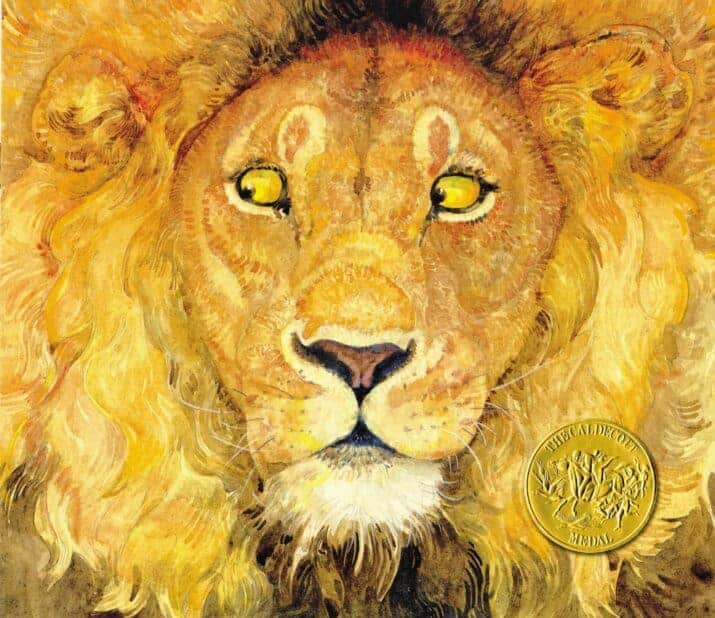
The Lion and the Mouse by Jerry Pinkney
Remember this familiar fable? Pinkney gorgeously illustrates it without using any text. It makes a wonderful choice for writing dialogue.

Chalk by Bill Thomson
This is the story of a rainy day when three friends draw with chalk on the sidewalk. . . and the drawings come to life!
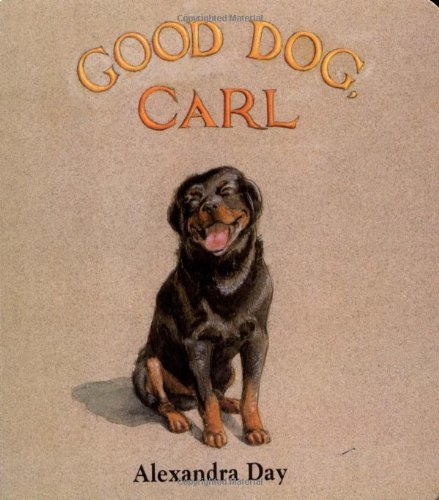
Good Dog, Carl by Alexandra Day
When a mother leaves her dog, Carl, in charge of babysitting the baby in this wordless picture book, the dog and baby have lots of fun around the house.

Flora and the Penguin by Molly Idle
Beautiful periwinkle, white, and yellow illustrations show an ice skating Flora meeting a penguin. At first she’s rude but then she changes her behavior.
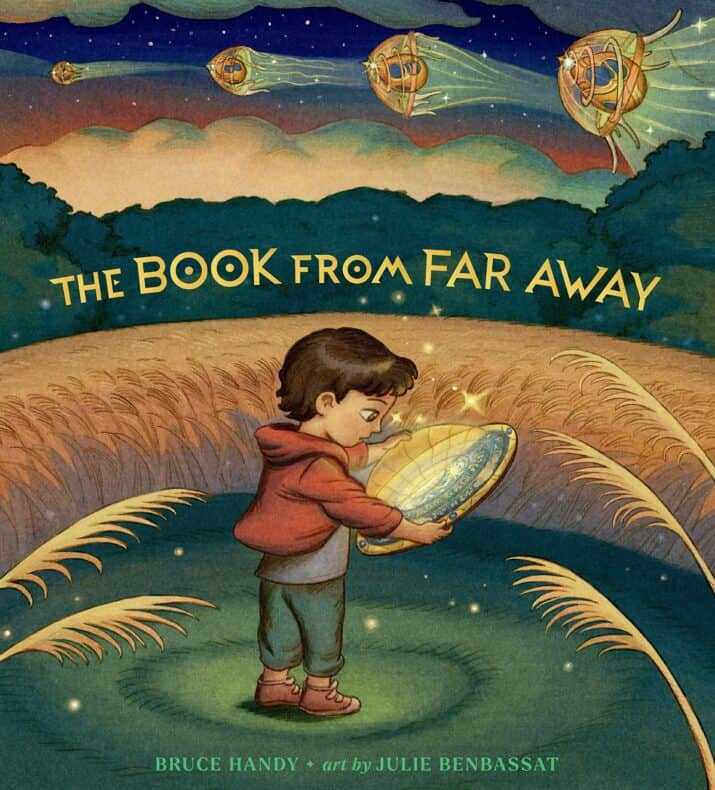
The Book From Far Away written by Bruce Handy, illustrated by Julie Benbassat
Exquisite illustrations tell a story about a child who sees a family of aliens having a picnic. When the family leaves an object behind, the child picks it up. Then, he meets one of the aliens. The child plays with his new friend and shows him Earth objects, giving him a book. When it’s time to say goodbye, both the child and the alien go home with something from each other. Lovely.
Wordless Picture Book Writing Prompts
Use these wonderful picture books to inspire your own narrative story.
Write From One Illustration: Use an illustration to spark your own creative writing story.
Use the Book as Inspiration: Use an entire wordless book to inspire and inform your own wordless picture book or narrative story.
Recommended Books for Writing Prompts
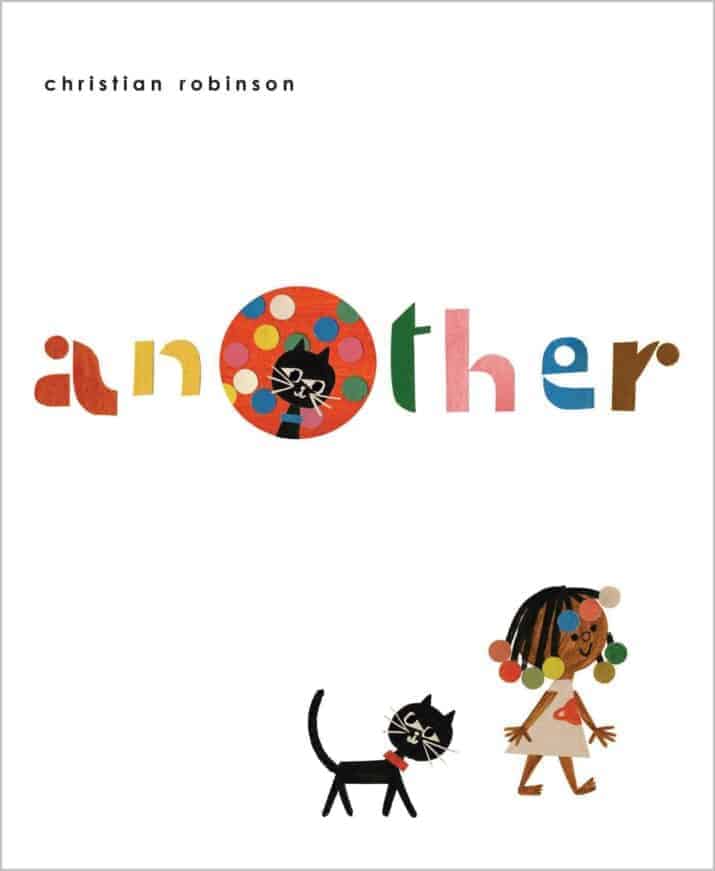
Another by Christian Robinson
An exuberant celebration of imagination and a feast for the eyes and mind! A little girl follows her black cat into a topsy-turvy world of colorful dots and rectangles, doors, kids, and twins– a girl and her cat who look exactly like them. The white space and repetition of shapes feel playful and fresh.
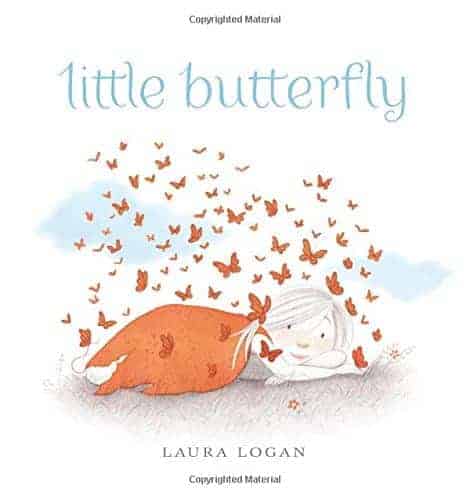
Little Butterfly by Laura Logan
This gorgeous wordless picture book follows a little girl dreaming of flying with Monarch butterflies.
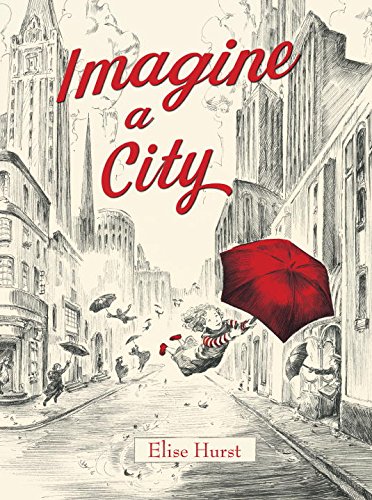
Imagine a City by Elise Hurst
Whimsical artwork accompanies prompts to imagine a more unique world — one with flying fish buses and teatime with gargoyles. This book would make a wonderful drawing or writing prompt. Pick an illustration. Use it as a foundation for your own world.
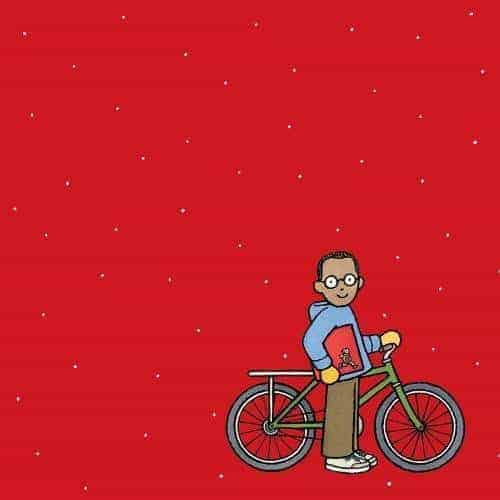
Red Again by Barbara Lehman
Just like The Red Book, this wordless picture book is a story within a story within a story . . . Look closely as a young boy finds a red book, opens to read it, and sees another boy who is holding the red book with a picture of the first boy reading the book. It’s twisty, mind-blowing kind of story looping that you’ll love to figure out through the inviting illustrations.

Lines by Suzy Lee
Watch the beautiful lines adorn each page as a solitary skater creates swirly whirly designs on the ice. She spins, leaps, skates backward, then suddenly — a surprise — eraser marks. Now we see that she’s an illustration on crumpled paper. Until she’s back with new friends, skating on a busy pond. Ultimately, this wordless picture book is a delightful illusion.
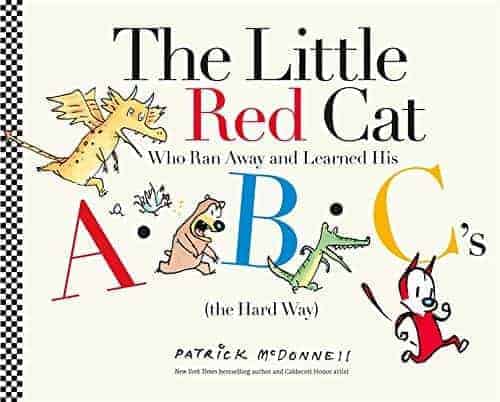
The Little Red Cat Who Ran Away and Learned His ABCs (the Hard Way) by Patrick McDonnell
Look carefully as the cartoon cat in red runs through the pages and finds unexpected silliness with an alligator trying to eat him, a bear up a tree, a chicken squawking out of her coop, and so on with each page representing one letter of the alphabet. A uniquely imagined story in alphabetical order.
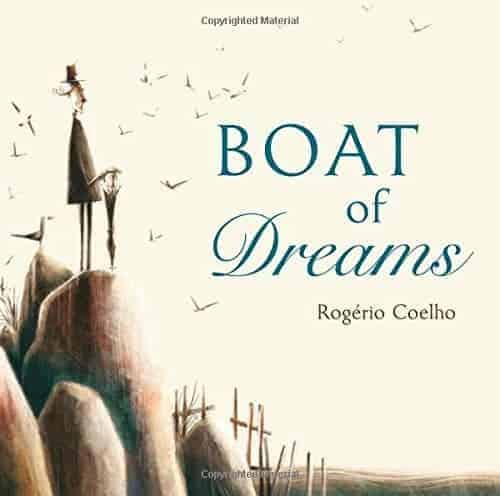
Boat of Dreams by Rogerio Coelho
Wordless with sepia-toned illustrations, this is an imaginative wordless story showing an old man who lives alone on an island. He finds a message in a bottle and then sends it back with a detailed drawing of a flying ship. A boy finds the drawing, and he adds himself to the drawing. It becomes real. He arrives at the old man’s island. Write out the story or use one of the illustrations to spark your own story.
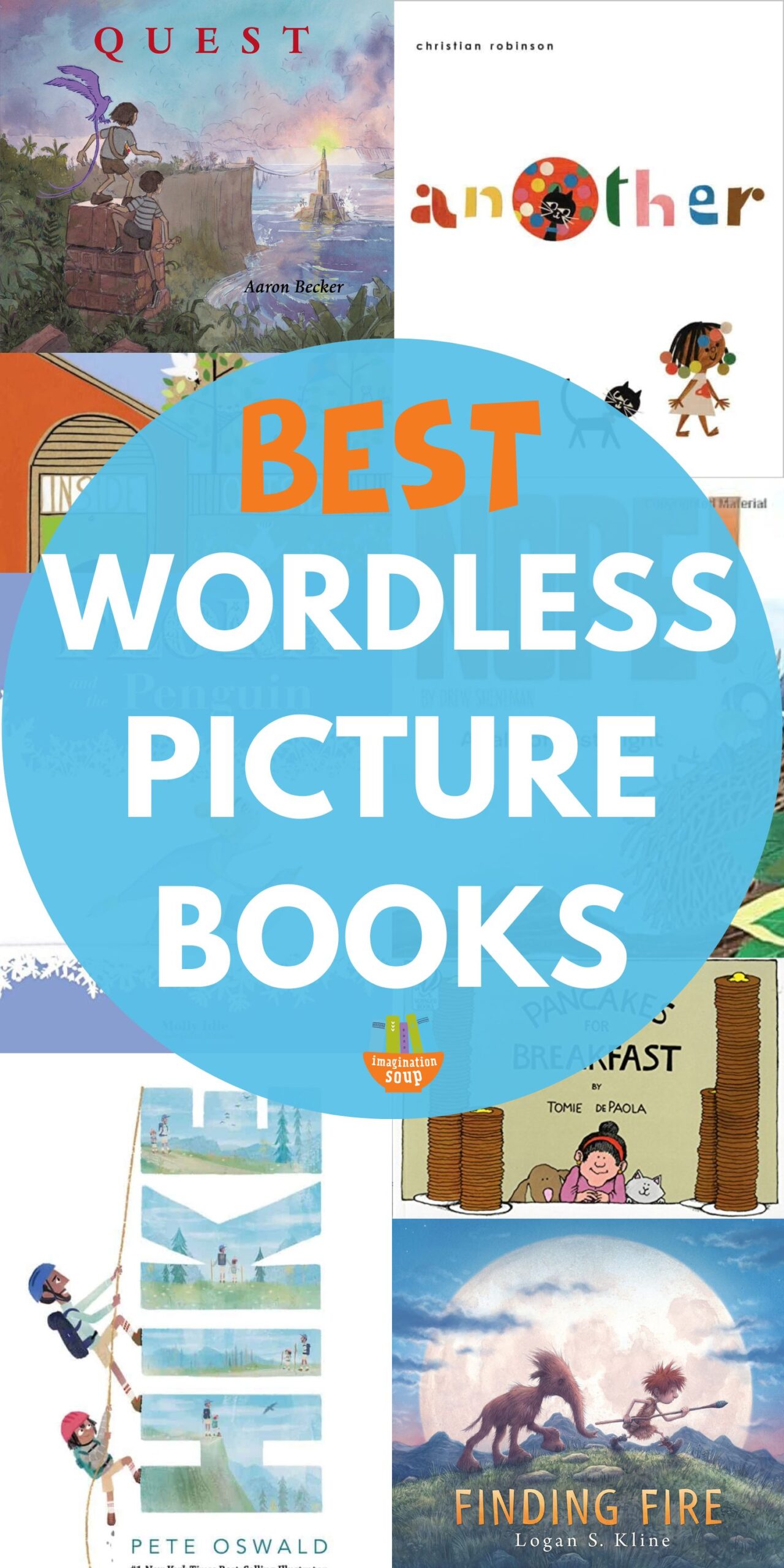
KEEP READING
Poetry with Wordless Picture Books

